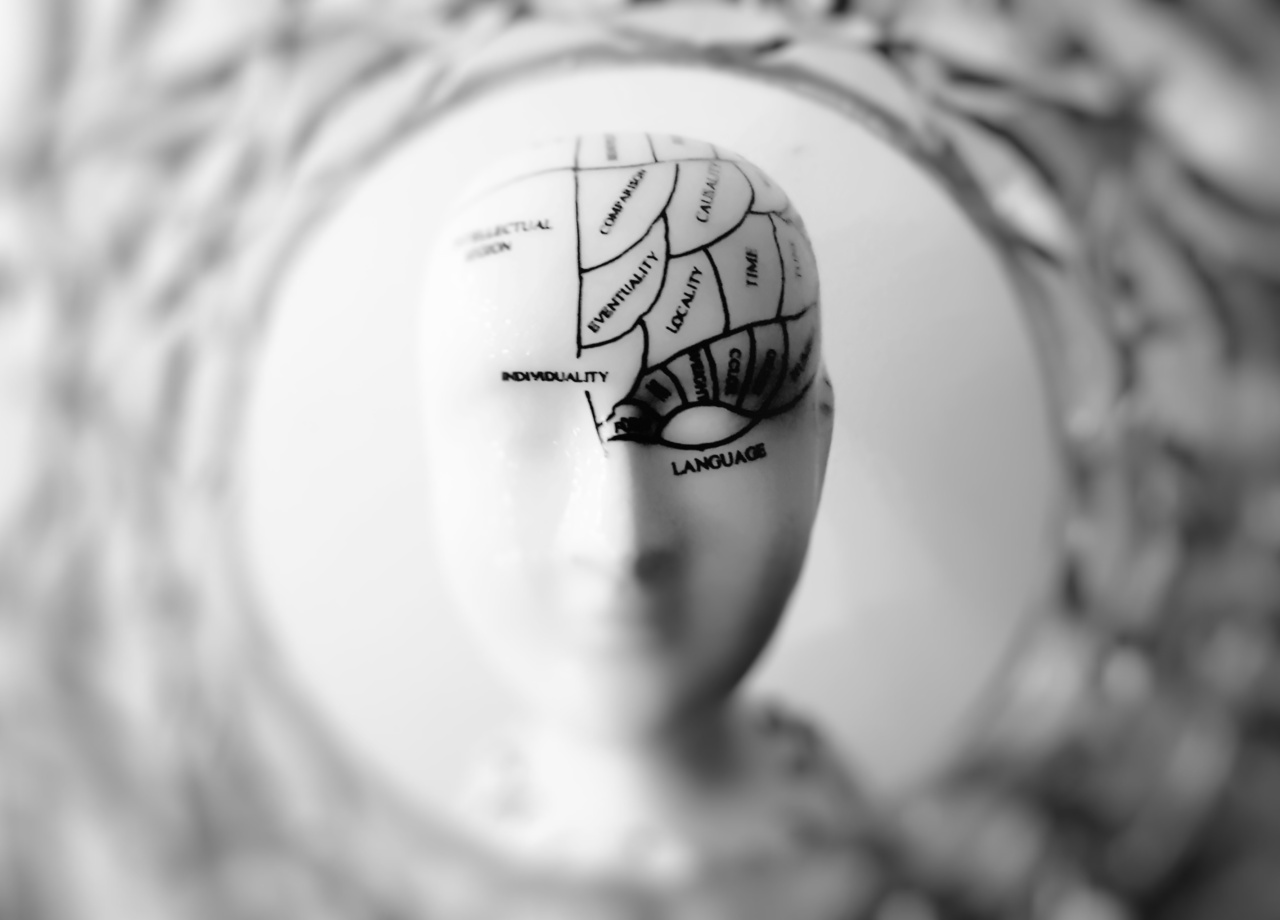Language, sign, and the brain are intricately connected, and studying their relationship provides valuable insights into how humans communicate and understand each other.
In this article, we will delve into the fascinating field of neurolinguistics, exploring the brain’s involvement in processing language and sign, and how these systems differ.
The Neural Basis of Language
Language processing primarily occurs in the left hemisphere of the brain, specifically in areas such as Broca’s area and Wernicke’s area. Broca’s area, located in the frontal lobe, is responsible for speech production and articulation.
On the other hand, Wernicke’s area, located in the temporal lobe, plays a crucial role in language comprehension.
Sign Language and the Brain
Sign language relies on visual communication rather than auditory input.
Interestingly, studies have shown that the same brain regions associated with spoken language, particularly Broca’s and Wernicke’s areas, are also active during sign language processing. This indicates that the brain adapts to different modalities of communication.
Similarities and Differences
While there are similarities in how language and sign are processed in the brain, there are also notable differences. For example, in sign language, the information is conveyed visually through hand gestures, facial expressions, and body movements.
This visual input engages additional brain regions associated with visual perception and motion processing, such as the occipital and parietal lobes.
Neuroplasticity and Language Acquisition
Understanding how language and sign are processed in the brain is crucial for language acquisition.
Research has shown that the brain is highly plastic, meaning it has the ability to reorganize and adapt its neural networks in response to language learning. This neuroplasticity is particularly evident in children, who can acquire new languages more easily than adults.
The Benefits of Bilingualism
Bilingual individuals have been found to have certain cognitive advantages. The constant switching between languages exercises the brain’s executive functions and enhances cognitive flexibility.
Moreover, bilingualism has been associated with a delayed onset of neurodegenerative diseases like Alzheimer’s, further highlighting the positive impact of language learning on brain health.
Language Disorders and the Brain
Language disorders, such as aphasia, offer valuable insights into the neural mechanisms of language and sign processing. Aphasia is a condition that impairs a person’s ability to understand or produce language.
Depending on the specific area of the brain affected, different types of aphasia can occur, shedding light on the specialized nature of language processing regions.
Advancements in Brain Imaging Techniques
Advancements in brain imaging techniques, such as functional magnetic resonance imaging (fMRI) and electroencephalography (EEG), have greatly contributed to our understanding of the brain’s involvement in language and sign processing.
These non-invasive methods allow researchers to observe brain activity in real-time, providing valuable data on the neural networks engaged during language comprehension and production.
The Future of Neurolinguistics
As technology continues to advance, so does our ability to investigate the intricate relationship between language, sign, and the brain.
Future research in neurolinguistics may focus on decoding brain signals and developing brain-computer interfaces that can facilitate communication for individuals with speech or hearing impairments. Additionally, exploring the neural basis of sign language fluency and integration into education systems can lead to improved language accessibility for the deaf and hard of hearing.
Conclusion
The study of language, sign, and the brain is a fascinating field that sheds light on how humans communicate and understand each other.
By uncovering the intricacies of language processing in the brain, we gain valuable insights into the essence of being human. Understanding these processes can lead to advancements in language acquisition, communication technologies, and overall neurological well-being.



























